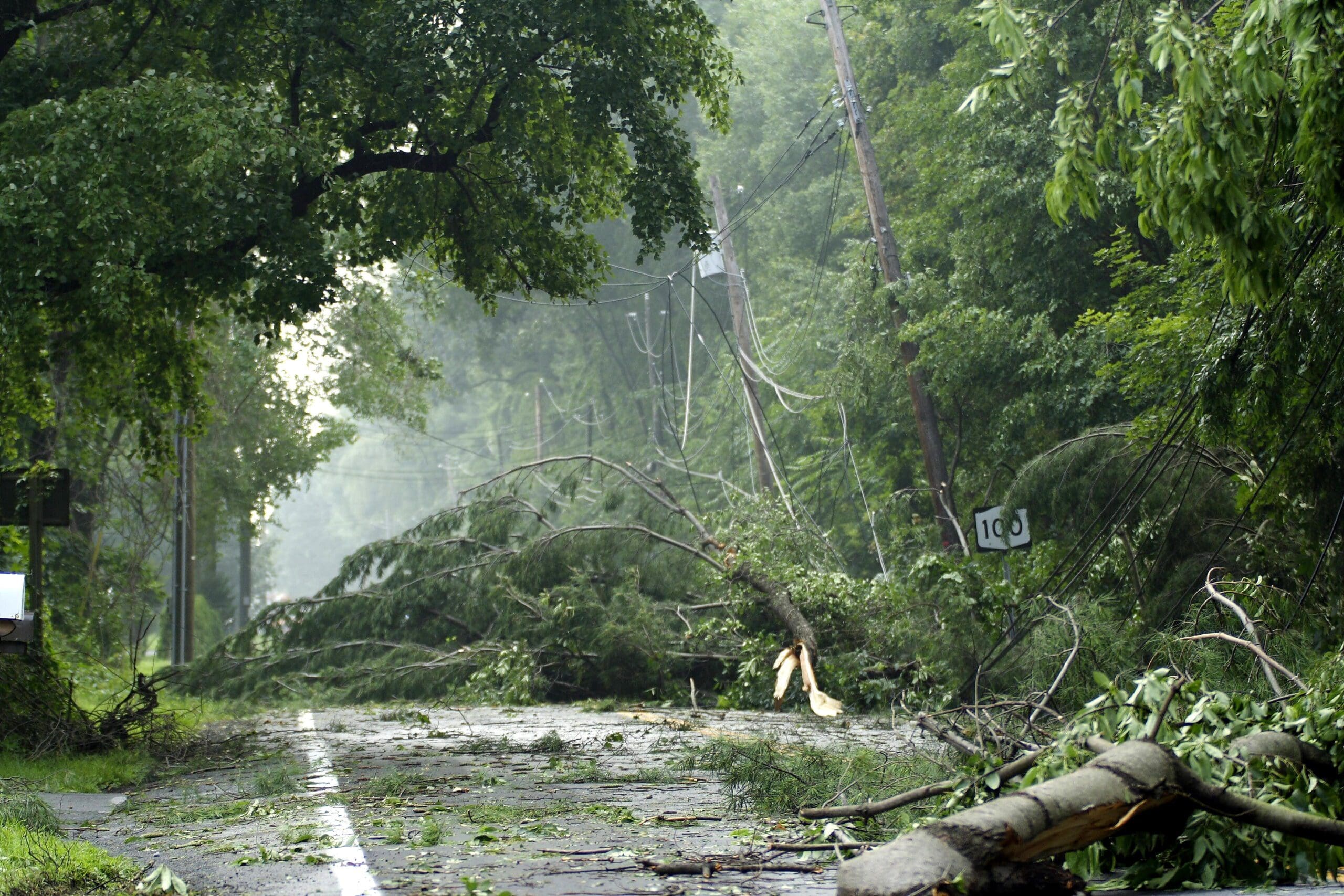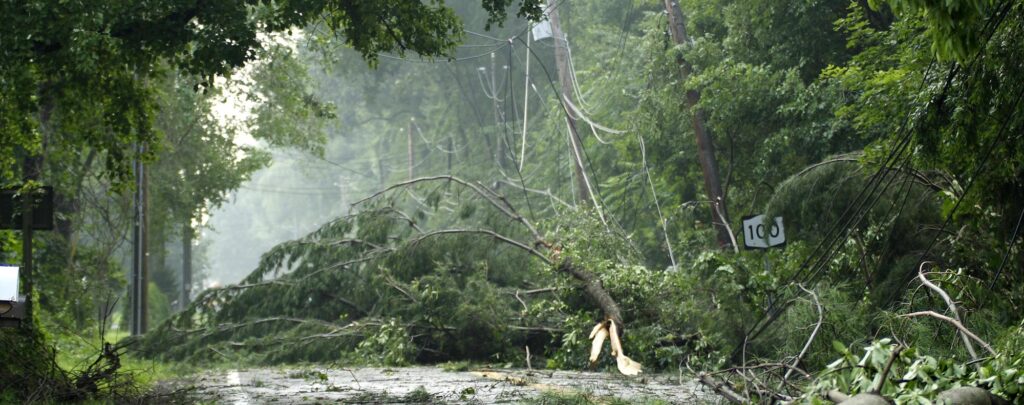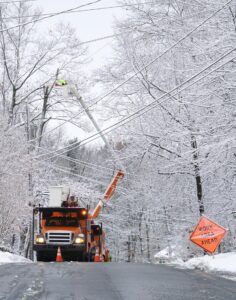For many utility companies, data collection is largely a manual process, or one that involves a mix of technology and manual record keeping. Data must be collected, digitized, processed, and kept up to date when on-site infrastructure and assets change. Field workers are often also deployed to remote areas with no online connectivity, making it difficult to access and enter the data required to do their jobs.
In-office personnel also face a variety of challenges around field workforce management – namely, the sheer volume of data being collected from a variety of sources. Data recorded in legacy, on-site systems is also challenging to disseminate to teams of field workers, particularly when it is siloed in disparate computer systems and applications and needed in real time.
So, what is the solution? With the geographic reach and service demands of utility companies continuing to expand in both size and complexity, the need to digitally streamline operations is more pressing than ever. The right geospatial technology can help companies automate and streamline the management of their geospatial data.
Key advantages of geospatial technologies include:
- Integration of data into operational and business workflow processes to influence decisions on resource allocation and expediting the deployment and management of field crews.
- Ability to display physical assets digitally in interactive maps that allow utility personnel to drill down to pertinent details about the assets and their surrounding terrain.
- Fast, easy workflow creation and management, efficient work scheduling engines, and data synchronization modules for asset map data.
- Integration with enterprise GIS and business applications used by employees and other stakeholders, including Oracle, IBM Maximo, and SAP.
View the recording of our recent webinar, “Uncover Opportunities to Automate & Streamline Field Operations Through Geospatial Innovation”, to learn more about geospatial technologies, as well as the features to look for when selection the right solution for your company.







